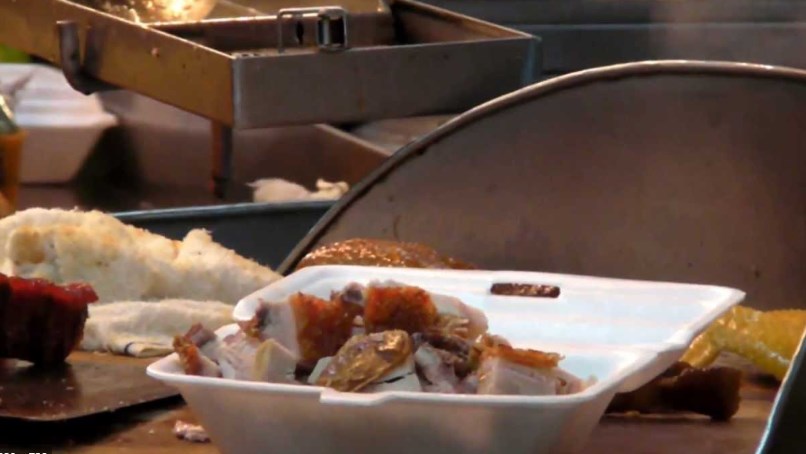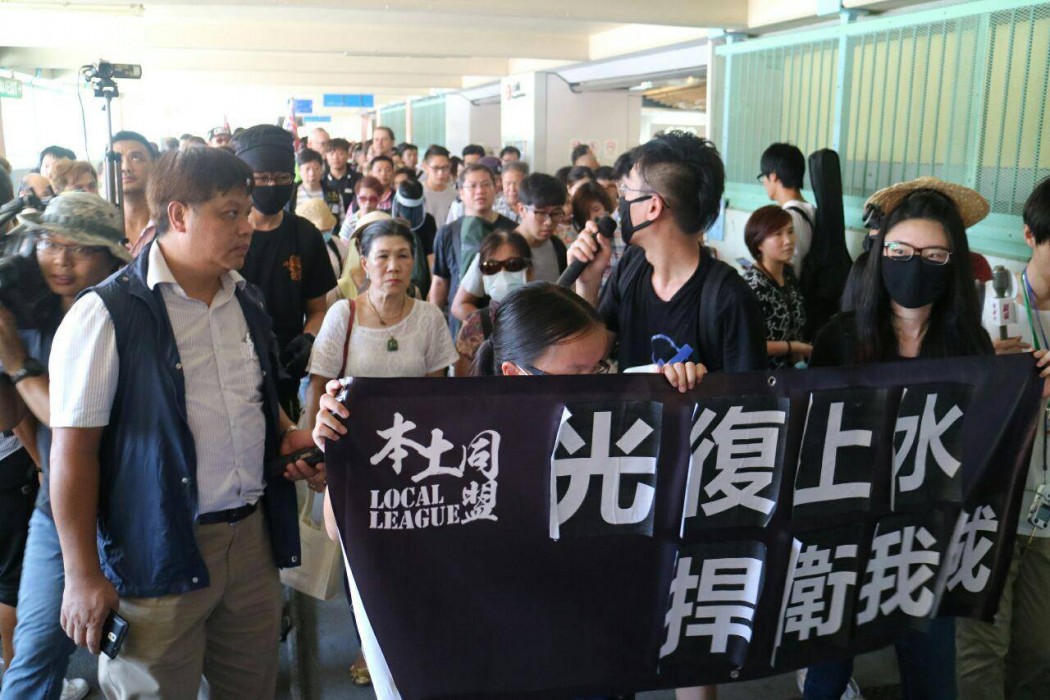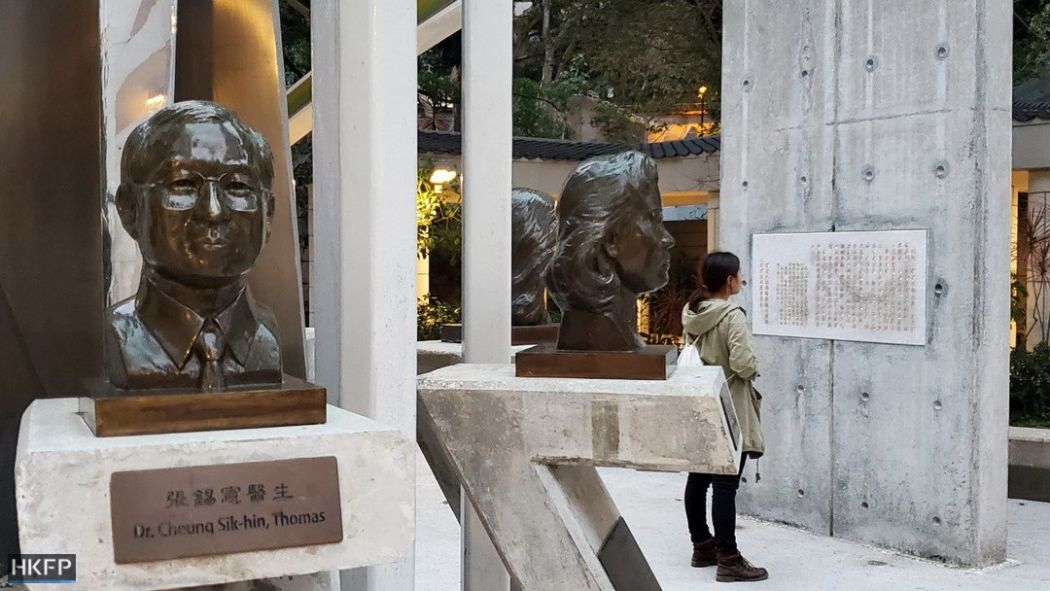“$10 lunch box at the Asian restaurant. Yum!” someone posted on a community Facebook page last week. “Free corona included?!” was the response that received the most likes.
Westerners making these jokes at our expense have been only too common since the outbreak of the coronavirus. As a Hongkonger living abroad, I went to the restaurant to talk to the Cantonese workers that I’d only met once as I figured they would understand my frustrations with this kind of racism.

They were, of course, displeased and told me they planned to report the racist post and get it removed. At that moment, a tourist walked in looking for lunch, but the workers told them they were already closed.
“They were obviously from mainland China! Who knows if they have just gotten off the plane?” They laughed and told me in Cantonese. I died right on the spot.
Discrimination against mainlanders has long been commonplace in Hong Kong, and rivalries between neighbouring nations are not rare. Whilst there are also economic and cultural disparities resulting from Hong Kong and China’s extremely different historical and political backgrounds, there are also some deeper factors at play.
Like many Hongkongers my age, I have childhood memories of the condescending attitudes towards mainlanders, such as people conceitedly recounting how they were hailed as saviours when they brought peanut butter on visits to distant relatives in China. This, alongside jokes about Chinese people shoving a piece of cardboard into the wall in Hong Kong believing that money would spring out (no, they hadn’t heard of ATMs).

But I also remember the massive fundraisers held everywhere whenever natural disasters happened in the Mainland. Hongkongers always rushed to send aid after every earthquake and donated generously after each flood.
This seems like a distant memory now as the coronavirus spreads. Many in Hong Kong have praised the Taiwan government’s decision to ban the export of masks, despite the opposition’s claim that there is a moral responsibility to extend a helping hand to China.
Our own government, meanwhile, also had to stop treating non-local patients infected with coronavirus free of charge, due to huge public opposition based on fears that mainland Chinese would swamp Hong Kong hospitals.
And on social media platforms, a small portion of Cantonese speakers are beginning to blame mainlanders (and not the Chinese government) for the spread of the Wuhan virus, with some even calling them locusts – a term that has become common in recent years for describing mainland tourists.

Under the authoritarian rule of the Chinese Communist Party, many in China still live in poverty and lack of access to basic infrastructure, healthcare and adequate education. Many Chinese tourists, therefore, do things that are culturally shocking to their privileged counterparts in Hong Kong, such as spitting on the streets, elbowing others to get a seat on the metro, or even defecating in public.
Though these are the sins of only a minority, such acts are seen so often that they have been deeply etched into the minds of every Hongkonger. With the numbers of mainland visitors soaring exponentially, the previously patronising attitude towards mainlanders has changed to outright resentment as China got richer.
In the wake of yet another Chinese epidemic, a recent poll shows that 80 per cent of Hongkongers would like to see a complete closure of the border with China. Chief Executive Carrie Lam has said that such a move would be discriminatory, echoing many Chinese in Hong Kong who report being victims to prejudice. But in fact, local frustrations with mainland visitors have been growing for a long time, and a deeper examination of the factors suggest that racism might not be the root cause of the situation.

Over the last decade and a half, increased contact between the two groups has created more friction than ever. This, in fact, began around 2003, after the last coronavirus outbreak known as SARS (much to the dismay of those living in a nation whose name gained an extra “SAR” on the end when China took over).
The epidemic, as well as political opposition to Article 23, left Hongkongers in a general state of discontent. Beijing at the time attempted to ease the situation with economic measures, just as they are doing now after seven months of civil unrest.
The “Individual Visit Scheme” was introduced in late 2003, allowing mainland tourists to visit with fewer restrictions. An influx of Chinese visitors began immediately. Once only a minority of overseas visitors, they now account for around 80 per cent of tourists in Hong Kong.
This was meant to appease Hongkongers by stimulating growth in the local economy. But while Chinese tourism now contributes to around 4 per cent of Hong Kong’s GDP, the social impact created has been disproportionate.
In the year of the Handover, Hong Kong only received 2.36 million visitors from all around the world, a paltry number compared with the recent 50 million visitors a year from China alone, and records of nearly 4 million Chinese coming in a single month to our tiny city-state of 7 million.
The unnatural amount of human traffic in our city has created so much friction that irreparable damage has already been done to the once relatively amicable relationship between Hongkongers and mainlanders. Once again, a political decision that we had no control over has come between the two neighbouring peoples.
Aside from the usual resentments locals may feel in any already densely-populated destination that becomes a tourist magnet (Barcelona, Venice…), Hongkongers have a deeper fear of increased mainland visitors, in particular, owing to our unique relationship with China.

Any urban-dwelling local like myself could tell you that the sheer number of mainland tourists in the city at any one time is overwhelming. Within a very short period, they have been able to change the culture of our streets, our businesses and even our cuisine forever with their collective spending power.
With the example of Tibetans being outnumbered by ethnic Chinese in their own homeland due to systematic mass migration programmes, Hongkongers are now haunted by a threat of cultural genocide, reflected clearly in the city’s growing sympathy for the Tibetan cause.
Hong Kong people’s resistance to mainland Chinese cannot be simply classed as racism or any straightforward xenophobia towards those from a poorer country. If anything, it is more comparable to the distrust shown those in many ex-USSR nations towards mounting Russian migration over their borders.
Of course, these fears cannot justify discrimination towards mainlanders. But it is undeniable that government policies devised without our consent have been responsible for the deterioration of our friendship with Chinese people. And this trend will continue as Chief Executive Carrie Lam ignores popular demands to impose a full ban on any visitors arriving from China (of any nationality).
When it is so apparent that Hong Kong’s puppet government will always put Chinese interests before ours, many grow more bitter and resistant to anything associated with China. While Hongkongers recount terrifying memories of mainlanders spitting loudly on the streets right after SARS on local forums, thousands of people continue to pour across the border daily, as a new virus is developing. The future for the relationship between Hong Kong people and mainland Chinese looks gloomier than ever.
